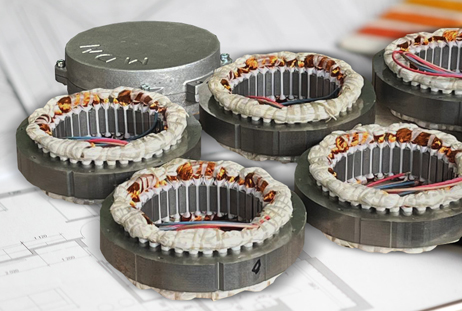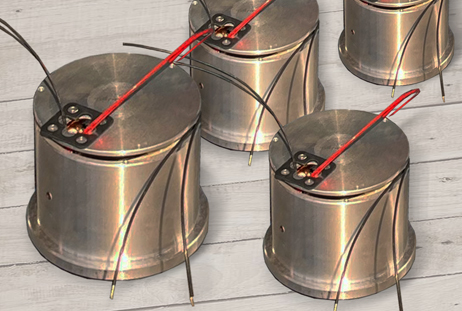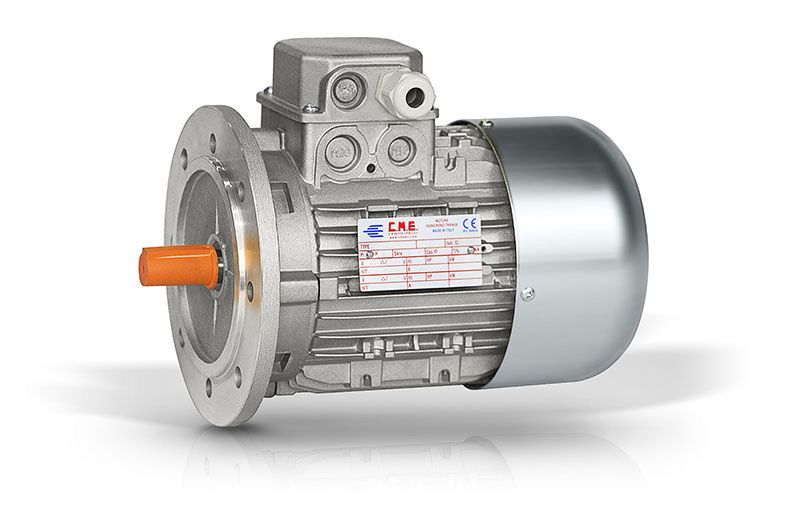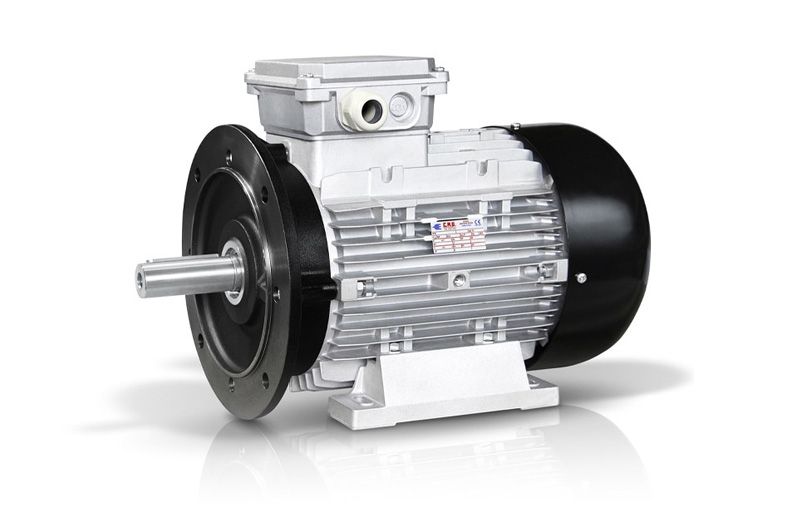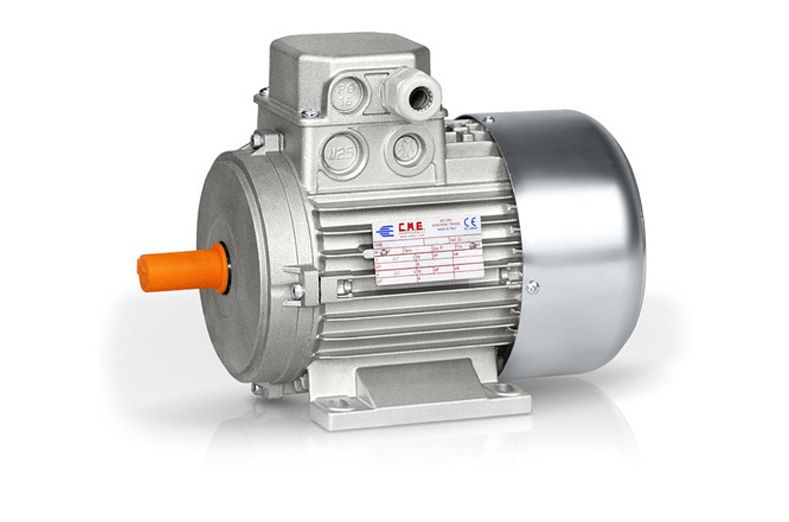Variable torque motors are motors identified as SC-SNC Va-V, and made with different technical features compared to standard models. Scroll motors make it possible to provide an almost constant power within a predetermined range of variation speed.
They are composed of high resistance short-circuited rotors and appropriately designed windings.
Characteristics:
The SCN-Va-VC series motors provide torques that, starting from a maximum value at startup, decrease linearly with increasing speed, down to the minimum torque and synchronous speed.
The SC series motors are designed to operate in the speed range between 200-1200 rpm for the 4-pole version and 130-800 rpm for the 6-pole version (100-650 rpm for the 8-pole version).
The SCN series motors, on the other hand, are designed to operate in the speed range between 0 and 1200 rpm for the 4-pole version, 0-800 rpm for the 6-pole version, and 0-650 rpm for the 8-pole version.
In the case of SCN motors operating at speeds other than “ZERO” (locked rotor), the reported torques can be increased by following the instructions in the diagrams.
Transmission Determination and Motor Selection
The torques indicated in the tables are intended for continuous service in a working environment with ambient temperatures not exceeding 40°C. Particular attention should be paid to the possible coupling of the motor to transmission components such as reducers or other parts.
It is recommended to carry out these couplings using an elastic joint; where this is not possible, it should be considered that the motor shaft temperature can, in some cases, reach a temperature of 90°C.
Variants
It is possible to manufacture the SC-SCN Va-V series slip-ring motors in all construction forms provided for by national standards.
It is also possible to manufacture slip-ring motors with different polarities: 4, 6, 8 poles.
They can be produced with the following variants:
- thermal probes for integral winding protection;
- tachometer dynamo;
- encoder placed on the rear;
- electromagnetic brakes with static torques greater than that of the motor, with AC or DC power supply through electronic power supplies.
Technical specifications
Slip ring motors are widely used in the field of cable winding machines, winding of metal wires, yarns, adhesive tapes, etc.
They can also be used as a “counterforce” (brake) and in all those applications where it is necessary to guarantee and maintain a constant wire/product tension as the speed varies.
 High Efficiency Motors IE2
High Efficiency Motors IE3
Three-phase Motors
Single-Phase Motors
Double polarity motors
Motors with low Overall Dimension serie "R"
Brake Motors
Extruded Motors Serie "E"
Inverter Electric Motors
Sliding motors
Torque Motor
Transducers
DOCUMENT
High Efficiency Motors IE2
High Efficiency Motors IE3
Three-phase Motors
Single-Phase Motors
Double polarity motors
Motors with low Overall Dimension serie "R"
Brake Motors
Extruded Motors Serie "E"
Inverter Electric Motors
Sliding motors
Torque Motor
Transducers
DOCUMENT Dowload Area Catalogue
CONTACT
Dowload Area Catalogue
CONTACT
 High Efficiency Motors IE2
High Efficiency Motors IE3
Three-phase Motors
Single-Phase Motors
Double polarity motors
Motors with low Overall Dimension serie "R"
Brake Motors
Extruded Motors Serie "E"
Inverter Electric Motors
Sliding motors
Torque Motor
Transducers
DOCUMENT
High Efficiency Motors IE2
High Efficiency Motors IE3
Three-phase Motors
Single-Phase Motors
Double polarity motors
Motors with low Overall Dimension serie "R"
Brake Motors
Extruded Motors Serie "E"
Inverter Electric Motors
Sliding motors
Torque Motor
Transducers
DOCUMENT Dowload Area Catalogue
CONTACT
Dowload Area Catalogue
CONTACT

